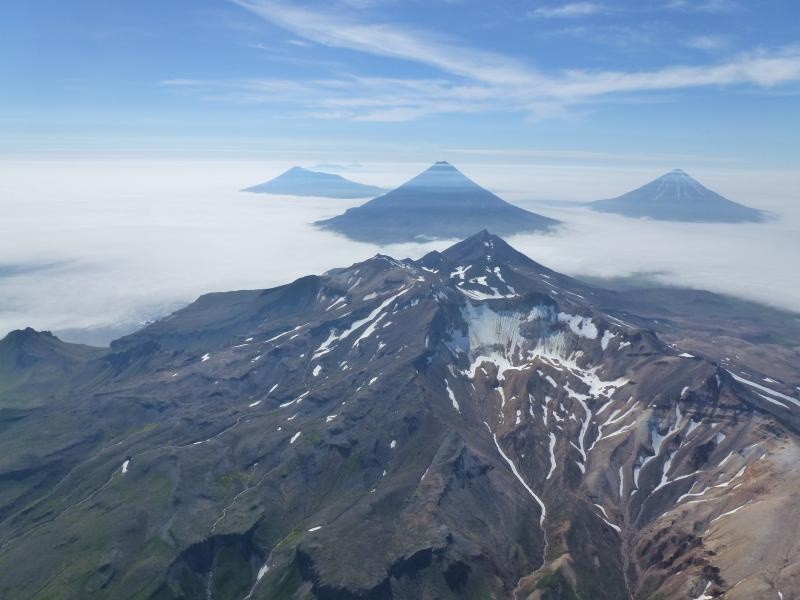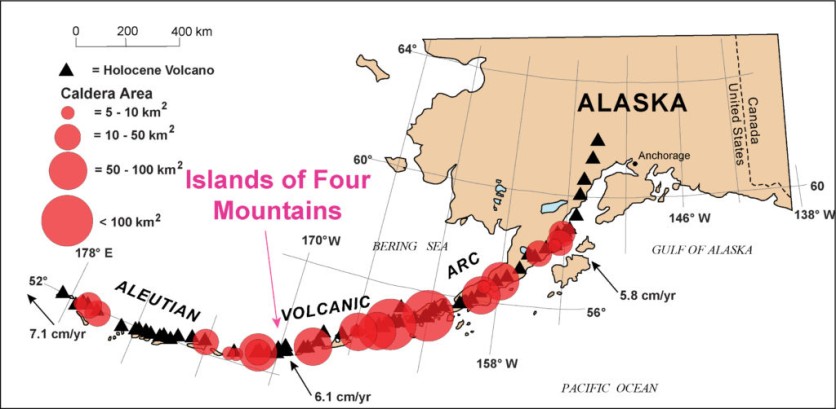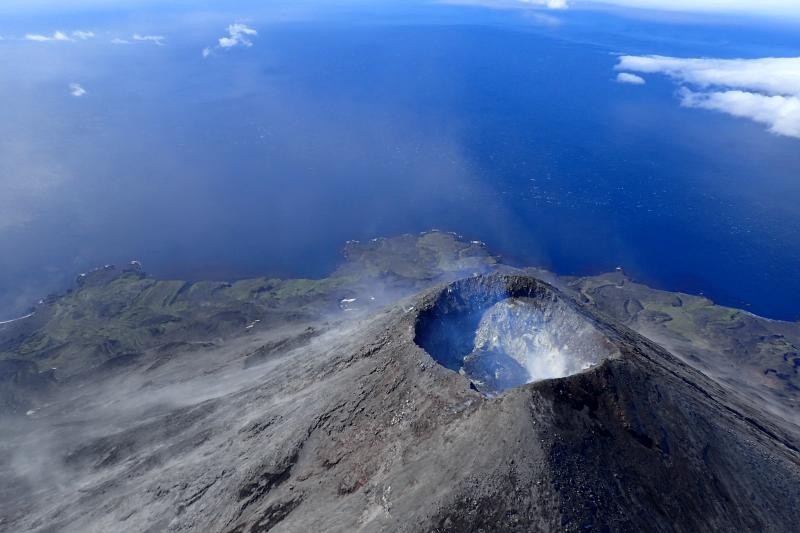Geologists has just discovered interconnected volcanic system right on Alaska's Aleutian Islands called the "Island of Four Mountains" (IFM) after several year. The system comes with six new volcanoes in the seas. Alaska's Island of Four Mountains will soon be presented to the American Geological Union (AGU) in a virtual conference that would take place on December 7.

Geologists were fooled by the cluster of volcanoes' appearance, especially with its calderas indistinguishable at first glance on the seas. The newly discovered volcanic system represents an entire collection of closely-formed stratovolcanoes that sits right on the Alaskan chain of islands.
Shreds of evidence of the Island of Four Mountains' existence were continuously scrapped during its initial studies because of the changing environment that occurs in the region over time. The IFM is said to be influenced by its undetected caldera, which prevented its earlier discovery.
Geologists Discover Alaska's Island of Four Mountains in unrecognized caldera
According to Gizmodo, the research was led by the US Geological Survey that is stationed on the famous Alaska Volcanic Observatory, right on the edge of the main island continent. The volcanic archipelago is hidden in an "unrecognized caldera" that evaded geologists and scientists from discovering its true nature.

The Island of Four Mountain's discovery would soon be presented to the American Geological Union's AGU Confex 2021 that would take place virtually, on Monday, December 7. The research team was led by John Power, who studied the volcanic island and verified its existence.
The Alaskan island hid six stratovolcanoes, which are the primary idea or image of a volcano in mind: cone-shaped mountains that are towering in height, with a steep slope, and a crater atop it. The six volcanoes are named Cleveland, Carlisle, Herbert, Kagamil, Tana, and Uliaga, along with surrounding cones and fissures in the vicinity.
Island of Four Mountains: Activity, Caldera, and Everything Geologists Know

The Island of Four Mountains' paper abstract scheduled to be presented next week is already on AGU's website for public read. This paper is entitled "Multi-Disciplinary Evidence for a Large, Previously Unrecognized Caldera in the Islands of Four Mountains, Central Aleutian Arc, Alaska."
According to the paper, Cleveland is the most active volcano among the cluster as it created ash clouds that reach a massive 15,000 feet to 30,000 feet right on the island's vicinity. The data reads up to 20 years or two decades ago, along with records of micro-earthquakes in the region.
The six stratovolcanoes are arranged in a circular distribution that is near located to each other. The volcanic centers are relative to adjacent portions of the arc. There is also a ring-shaped "free air gravity" anomaly surrounding the six volcanoes that are now under strict observation from the geologists present.
Alaska's Island of Four Mountains are mostly caldera-evident or would create "caldera-forming" eruptions, which differs from the outward explosion that is more commonly known. Calderas are formed due to an "inward" explosion that collapses the volcano's structure.
Related Article : New Life Found? Researchers Suggest Microbes Might be Found Deep Below the Surface of the Planet
This article is owned by Tech Times
Written by Isaiah Alonzo
ⓒ 2025 TECHTIMES.com All rights reserved. Do not reproduce without permission.




